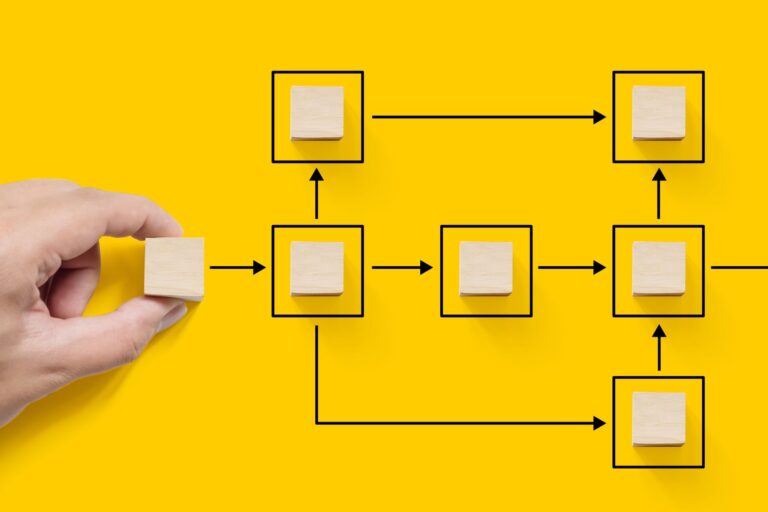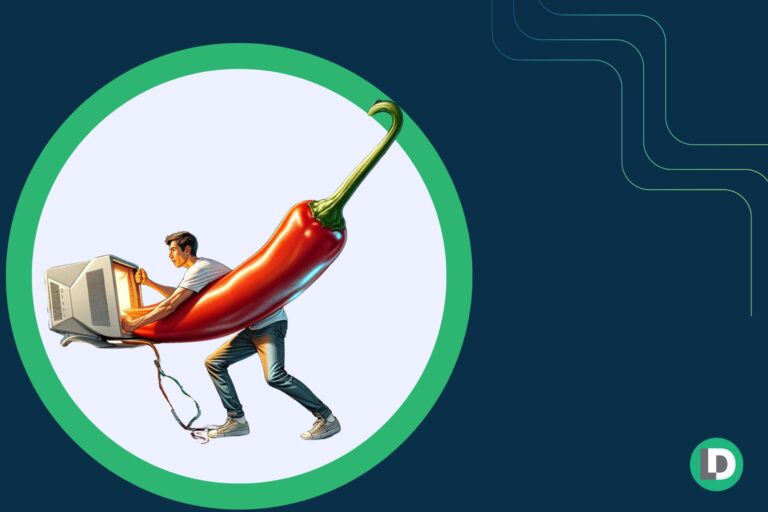As your enterprise business scales, your go-to-market (GTM) motions tend to get more complicated. Business units (BUs) with their own profit and loss (P & L) accountabilities are created, direct and partner channels swell, regional and global territories are created and almost continuously adjusted; Marketing, Sales and Customer Success teams all expand, and more.
But, here’s the thing: Once your motions are set and put in-play, the dynamic forces of the competitive market inevitably prevail, in turn requiring adept, agile responses across all your enterprise’s revenue functions. Those changes, of course, tend to breed even more complexity. Compounded across multiple lines of business, divisions, product lines, market segments, geography and more, problems quickly arise with your customer-facing process flows.
What was once rather simple and straightforward turns more complicated, and what was once just merely complicated turns downright dauntingly complex. Pity the poor operations and administrative personnel who fall deeper and deeper into the rabbit hole of complex code, complex rules and/or complex flows.
Process bottlenecks and pain points
Where there are multiple BUs, divisions, product groups, etc., there’s typically a very centralized process management, and it often revolves around just a single CRM administrator. That administrator – or administrative team for some – often has to resort to writing APEX code or creating a long list of Salesforce lead and case assignment rules to address your organization’s GTM changes.
Two things fall into play here. First, there’s the bottleneck of multiple BUs queuing up to one person or one small team to affect changes. That problem can be compounded by differences in time zones, leading to interminable delays – from the Sales team’s perspective – in adapting processes. Secondly, ad hoc code and rules layered over rules exponentially raise the complexity of motions, leading to increased risks of processes ‘breaking’ and delivering unexpected – and unwanted – outcomes.
Those are just a couple of pain points that arise with a ‘one-size-fits-all,’ centralized enterprise GTM motion, a list that also includes:
-
- Ops-Dependent: Reliant on other teams to make process changes.
- Lack of Agility & Slow to Adapt: Process changes take far too long to implement; Difficulty in keeping up with changing GTM strategies.
- Workload: Additional time and resources needed to address frequent strategy changes and increasing technical debt.
- Complexity: Processes serving many stakeholders are large and cumbersome to manage.
- Risk & Lost Opps: Mistakes in one process can have negative impacts across the business; Missing records and misrouted assignments in one BU caused by changes to the processes of other BUs.
- Security: Administrators edit company-wide processes, exposing multiple business units to risk of inadvertent changes and unintended consequences.
What’s needed in the enterprise tach stack is a simple solution that distributes BU accountability by establishing different roles with BU-specific permissions. That allows a BU administrator to affect a change within her domain in a timely manner, while, at the same time, leaving all other flows unaffected.
Scaling process automation for the enterprise
LeanData’s Multi-Graph product is an enterprise-level extension of its best-in-class Routing solution, purpose-built for organizations that need to scale across several BUs. Whether your enterprise organizes by division, product line, region, customer audience, or any other method, LeanData’s Multi-Graph pushes aside any one-size-fits-all approach and empowers each BU to manage it own unique GTM processes, territories, and round robins without affecting the flows of other GTM motions.
Multi-Graph was designed to directly address the common pain points listed above, allowing your enterprise to unleash its growth potential with new capabilities, including:
-
- Designing & Deploying Autonomously. Individual BU-specific graphs that can only be edited by the BU to which they belong.
- Optimizing Continuously. BU-specific territories & round robin pools make changes and management far more simple.
- Going to Market with Confidence. New user roles and permissions allow each BU to be confident processes are secure and will not be inadvertently changed by other teams.
Complexity happens, but it doesn’t have to have crippling effects on your GTM efforts. LeanData’s Routing with Multi-Graph is the perfect tool to give each of your enterprise’s BUs the autonomy and flexibility to manage and administer their market-facing motions, delivering optimal GTM results for your entire organization.
For more information about Multi-Graph by LeanData and how it might serve your enterprise business, schedule a quick demo.












